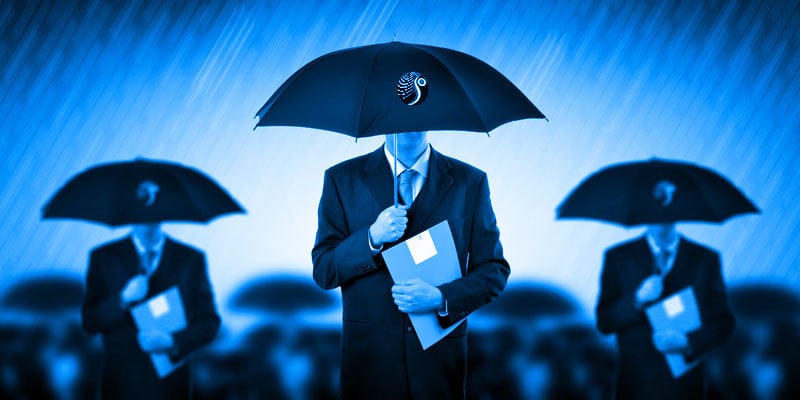
Budgeting for new security projects can be difficult. That’s often because security isn’t viewed as a profit center. In a way, you can think of it like insurance – you grudgingly pay for it because you feel you have to, but when you need it you’re glad you did.
But the way other organizational departments view security is changing as they find new and more effective uses for the camera, access control and intrusion systems. Over the coming weeks, we’ll take a look at some of the various ways security is improving operations from the human resources to compliance departments.
Can your legal department realize the benefits?
Among the first to recognize the non-traditional value of security equipment was the legal team. Here’s an interesting example:
- A large metropolitan transit district found that during minor traffic “accidents” two to three people would board the bus as the driver exchanged information with the other driver. The new passengers would claim to have been hurt in the collision and filed claims for medical bills and lost wages.
For years, the district settled these, figuring it was less expensive than going to court.
Looking to increase passenger and driver security, district administration approved putting surveillance cameras on buses.
Crime was reduced and the district’s days of paying fraudulent injury claims were over.
By reviewing video recorded over several weeks, they were able to not only reject several new claims but help prosecute a criminal ring hiring people to fake injuries.
The district’s annual paid liability claims were reduced by tens of thousands of dollars and the camera systems were able to pay for themselves.
There are many other similar examples, such as a nationwide entertainment company able to cut its slip-and-fall expenses by more than $100K per year after installing video surveillance systems. Whether you are a security professional or not, it’s fairly easy to imagine a wide range of examples where security systems could improve operations and affect the bottom line in a positive way.
Video is recognized by courts as a “silent” witness. But it can be challenged if the camera systems are not properly installed and maintained so they provide crisp, clear identifiable images of the scene/suspect — or if the recorded video isn’t time/date stamped in a non-alterable manner. This subject constitutes a blog entry of its own (and even a white paper), but as a rule of thumb, video evidence should always be presented with the original digital video recording, and not a copy.
Work with your security integrator to ensure your system is providing maximum return for your investment.
